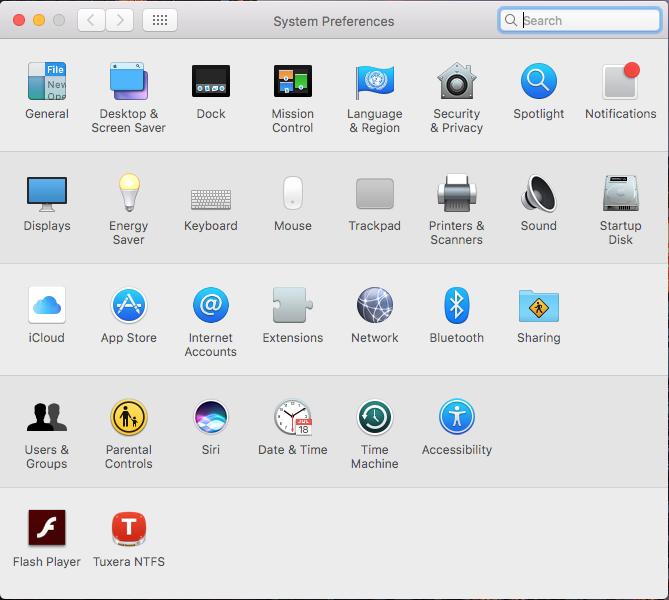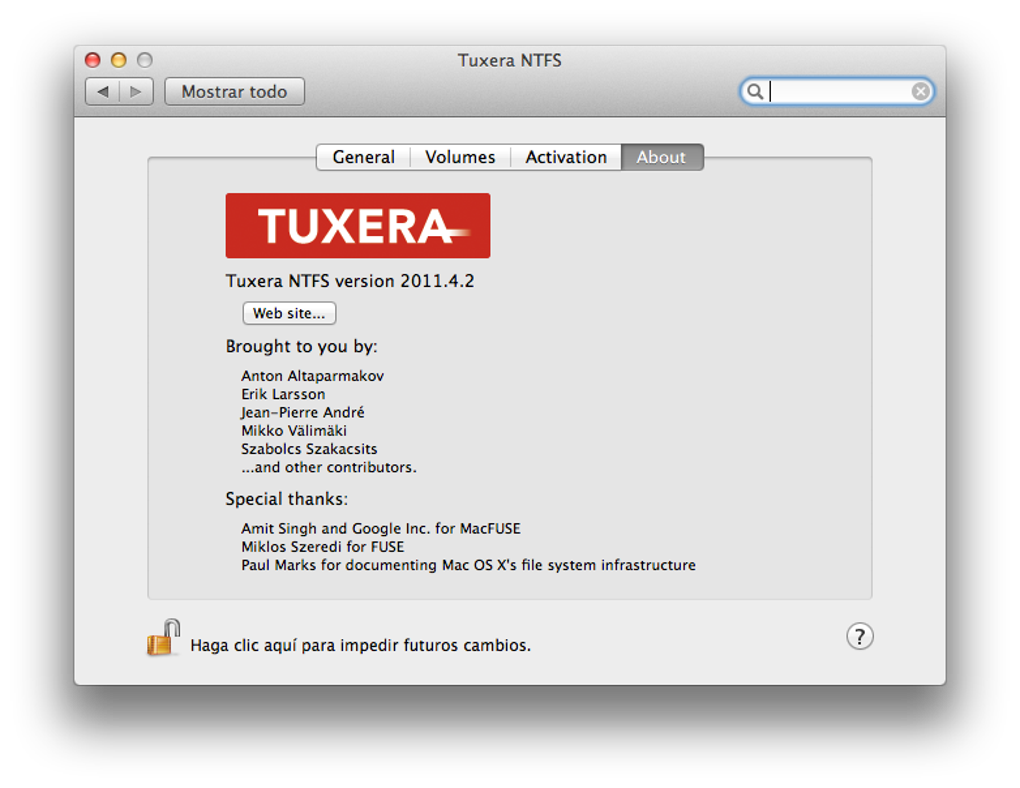

- Use tuxera ntfs for mac for free#
- Use tuxera ntfs for mac for mac#
- Use tuxera ntfs for mac install#
- Use tuxera ntfs for mac pro#
On the other, I really prefer Tuxera’s licensing, and it’ll be somewhat rare that I’m using this machine for performance-intensive stuff on the one drive I have where it matters. On the one hand, Paragon is SUBSTANTIALLY faster on the SSD/USB3 test than Tuxera. So in the end, Paragon is faster, but to a degree that totally doesn’t matter unless you’ve got a ripping-fast external SSD and USB3.0. For the numbers, I’m using BlackMagic’s speed test from the App Store. That matters for the SSD in particular, which can max the bus. The caveat here is that the ExpressCard/34 slot only has 2.5Gbps of bandwidth, so while it’s USB3 and much faster than USB2, it’s still a bottleneck on the up-to-5Gbps USB3.
Use tuxera ntfs for mac pro#
My Late 2011 Macbook Pro doesn’t have built-in USB3.0 support, so for the USB3 tests, I’m using a USB3 ExpressCard/34 adapter. I have two NTFS externals I primarily need support for, one of which is a Samsung SSD T3, and one of which is a Western Digital spinning disk. Performanceīut what about performance? I hooked up some external disks to see. On this basis, I’d say Tuxera wins on cost, though it looks more expensive. For $9, I’d rather get free upgrades and one license for all my personal machines. Paragon is one license per machine, which will add up if you’ve got more than one Mac you need write support for.

As well, Tuxera charges on the basis of one license, one person. Tuxera doesn’t – one license with free upgrades. So you’ll probably have to pay again each time Apple releases a new OS. But there’s a caveat – Paragon charges for each upgrade, which typically bumps macOS major version compatibility. On the other hand, Tuxera is $31 USD, so a few bucks more.

If that’s true for you, stop here, Paragon’s what you want.
Use tuxera ntfs for mac for free#
It’s $22 USD at time of writing to buy a license, and Seagate actually partners with Paragon to offer the latest version for free as long as you only want to be able to write Seagate disks. Okay, so how do Paragon and Tuxera stack up? I wanted to know, so I did some research and ran some tests. Because it’s not based on NTFS-3G, it should be immune to some of the performance oddities of NTFS-3G, as well. Paragon hasn’t been around as long, but they’ve got a pretty polished product. Tuxera is actually a principle developer of NTFS-3G, and the commercial product is built on top of it with some substantial proprietary improvements to performance. But leave it to the Linux crowd, where it’s a much more fluid experience. It CAN be pretty reliable, and because it’s open-source, there are lots of eyes on it.
Use tuxera ntfs for mac install#
It’s a PITA to install on OSX, and the performance isn’t great. But which do you chose? Not NTFS-3gĮasy answer here.
Use tuxera ntfs for mac for mac#
You’ve got three options to add write support: Tuxera NTFS for Mac, Paragon NTFS for Mac 14, and NTFS-3G. Screw ExFAT, and HFS+ is right out, leaving you with NTFS, which is read-only by default in macOS. But luckily, there’s actually competition in this space these days. So you want good performance accessing those drives, you don’t want to lose all your data if a fly lands in the wrong spot in Belize, and you need read/write access from Mac as well as Windows? Sucks to be you. You’re probably not like me, but if you are, you probably don’t want to be using ExFAT on all of those disks, because ExFAT sucks. If you’re like me, you use Macs and PCs on the same desk, have a pile of external disks ranging from 1-2 terabytes to a bunch of terabytes, and you’ve got a bunch of crap on all of them that needs to move around a lot. Update! I revisited this question with a modern computer and a slightly different outcome.


 0 kommentar(er)
0 kommentar(er)
